Hostas and tree leaves
micke
17 years ago
Featured Answer
Sort by:Oldest
Comments (18)
firethorn
17 years agolast modified: 9 years agomaggiemae_2006
17 years agolast modified: 9 years agoRelated Professionals
Londonderry Landscape Architects & Landscape Designers · Forest Acres Landscape Architects & Landscape Designers · Owings Mills Landscape Architects & Landscape Designers · San Juan Landscape Architects & Landscape Designers · Forest City Landscape Architects & Landscape Designers · Choctaw Landscape Contractors · Golden Gate Landscape Contractors · Medford Landscape Contractors · Pine Hills Landscape Contractors · Tamarac Landscape Contractors · Redford Driveway Installation & Maintenance · Hull Fence Contractors · Ponte Vedra Beach Fence Contractors · Provo Fence Contractors · Little Ferry Solar Energy Systemshosta_freak
17 years agolast modified: 9 years agodonrawson
17 years agolast modified: 9 years agomicke
17 years agolast modified: 9 years agolavendargrrl
17 years agolast modified: 9 years agodonrawson
17 years agolast modified: 9 years agomaggiemae_2006
17 years agolast modified: 9 years agomicke
17 years agolast modified: 9 years agodonrawson
17 years agolast modified: 9 years agomaggiemae_2006
17 years agolast modified: 9 years agoarcy_gw
17 years agolast modified: 9 years agomaggiemae_2006
17 years agolast modified: 9 years agodragonness
17 years agolast modified: 9 years agoyardmom
17 years agolast modified: 9 years agodonrawson
17 years agolast modified: 9 years agomicke
17 years agolast modified: 9 years ago
Related Stories

FALL GARDENING5 Ways to Put Fall Leaves to Work in Your Garden
Improve your soil and yard the organic way with a valuable garden booster that grows on trees
Full Story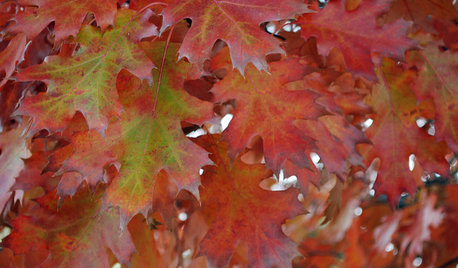
GARDENING GUIDES6 Healthy Ways to Handle Fallen Leaves
Once nature's beautiful bounty is spent, these ecofriendly strategies for leaves will put your yard in the clear
Full Story
GARDENING GUIDESWhat's Wrong With My Plant? Leaves Often Hold the Clues
Learn how to identify common plant ailments by reading their leaves
Full Story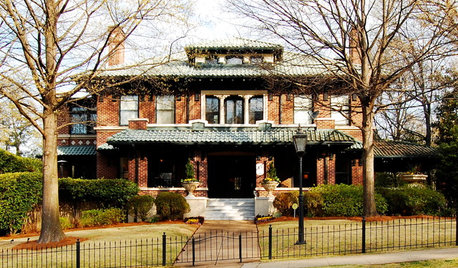
ARCHITECTUREStates of Style: Alabama’s Icons Leave Their Mark
In the first of a new series, discover the natural beauty, the architectural icons and some of our favorite homes deep in the heart of Dixie
Full Story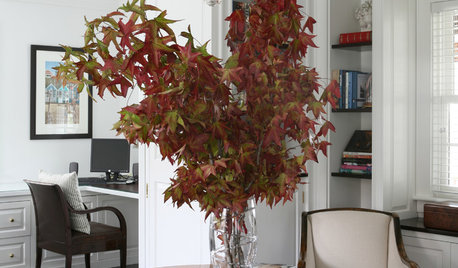
DECORATING GUIDES9 Easy Ways to Decorate With Autumn Leaves
Give your home a burst of color that can be used Halloween through Thanksgiving
Full Story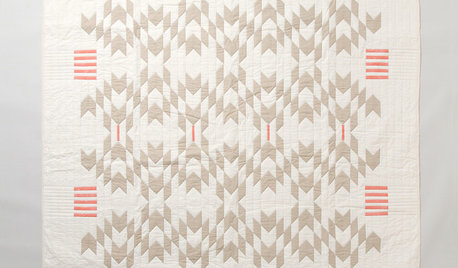
PRODUCT PICKSGuest Picks: Get Summer Camp Style Without Leaving Home
Create a relaxed, outdoorsy feel with a touch of nostalgia, by bunking with these games, artworks and accessories
Full Story
TREES7 Deer-Resistant Flowering Trees to Plant this Fall
If you live in a neighborhood with roaming deer, consider these beautiful trees that won't tempt hungry guests
Full Story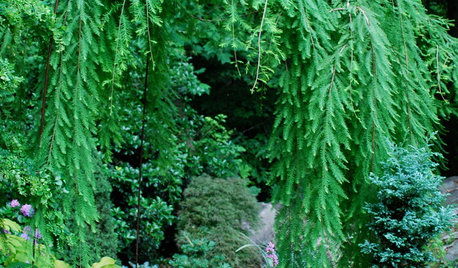
LANDSCAPE DESIGNThe Weepers and the Creepers: 10 Intriguing Trees for Your Garden
Bring something a little different to your landscape with a tree that dives, twists or crawls
Full Story
GARDENING GUIDESGrow Your Own Privacy: How to Screen With Plants and Trees
Use living walls to lower your home and garden's exposure while boosting natural beauty in your landscape
Full Story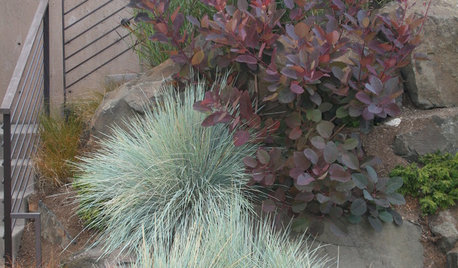
PURPLE FOLIAGEGreat Design Plant: Smoke Tree
Plant a 'Grace' smoke tree for months of red, burgundy and purple foliage and an unusual spring bloom
Full Story





maggiemae_2006